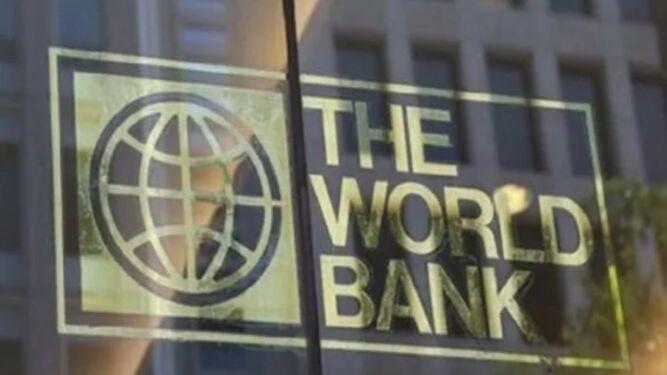In Sub Saharan Africa, growth is expected to rebound by 2.3 per cent in 2021 and 3.1 percent in 2022 from a 2.0 percent contraction in 2020 according to a report by World Bank.
The report is dubbed “Covid-19 and the future of work in Africa: Emerging trends in digital technology adoption” by the World Bank.
Rebound in private consumption, industry and services will be supported by continued growth in the agriculture sector, rise in commodity prices due to rising demand for commodities.
This recovery may however be affected by delayed access to covid-19 vaccines and the resurgence of the pandemic.
Private consumption and business investment spending are likely to be affected by restrictions in case of a second wave before vaccines become widely available.
In 2022, growth is expected to rise to 4.1 percent as vaccines rollouts increases across the region, therefore, providing a stronger boost to consumer and business confidence.
“The strength of the projected recovery will vary across countries, depending on whether they experienced a severe health crisis, the extent of disruptions to domestic economic activity, the importance of contact-intensive sectors in the domestic economy, cross-border spillovers, and the effectiveness of policy support.” The report read in part
In West and Central Africa, economies are expected to grow to 2.1 percent in 2021 and strengthen to 3.0 percent in 2022 after experiencing a contraction of 1.1 percent in 2020.
Oil exporting companies in the region such as Nigeria will experience slower recovery compared with the rest of the subregion where activity is projected to strengthen according to the World Bank.
In 2021, Nigeria is expected to rebound to a moderate growth of 1.4 percent from a 1.8 per cent contraction in the previous year. The growth will be driven by trade due to the gradual opening of borders, telecommunications services, agriculture (because of an additional influx of labour and construction), in a setting of higher oil prices and fewer movement restrictions.
As high unemployment, slow vaccine rollout and double-digit inflation continue to weigh on the real income and business confidence of households, business investments and consumer spending are likely to remain subdued in 2021.
The liberalization of the exchange rate regime can also boost activities in the private sector and support economic growth.
In 2022 growth is expected to increase to 2.1 per cent due to an increase in vaccine rollout to more regions and the increasing oil output which will boost exports therefore helping to improve fixed investments and private consumption.
The rest of the subregion is expected to rebound to 3.1 per cent in 2021 excluding Nigeria and rise to 4.3 per cent in 2022.
Recovery will be supported by metals exporters and non-resource-rich countries. Metal exporting countries growth contracted by 0.9 per cent in 2020 and are expected to rebound to 3.8 per cent in 2021 and further grow to 5.0 per cent in 2022.
“Mining production is expected to rise across metals exporters, as mines reopen in some countries and production picks up in others, on the back of higher external demand as the global economy strengthens and vaccine coverage expands. Guinea and Niger are expected to experience a solid recovery.” The report noted.
In East and Southern Africa, growth is expected to increase by 2.5 per cent in 2021 and 3.3 per cent in 2022 following a 3.0 per cent in 2020.
South Africa is expected to grow by 3.0 per cent in 2021 and 1.9 per cent in 2022 from a 7.0 percent contraction in 2020.
Rebound in global activity and higher demand for commodity exports will drive growth in South Africa in 2021.
High unemployment, restriction measures, power cuts and fiscal tightening will prevent a stronger recovery for South Africa the report noted.
Economic activity in the East and South Africa subregion is expected to expand by 3.6 per cent in 2021 and 4.0 per cent in 2020 due to a rebound in economies that are dependant on tourism such as Mauritius, metals exporters and non-resource-intensive countries.
World Bank also noted that between 2020 to 2021 about 40 million are likely to fall below extreme poverty.
“With the region’s population growing annually at 2.7 percent on average, real per capita GDP will
remain negative in 2021 before turning positive in 2022. As noted in the October 2020 ‘Africa’s
Pulse,’ the pandemic will reverse the progress made in poverty reduction in the region over the
past two decades.” the report read in part
